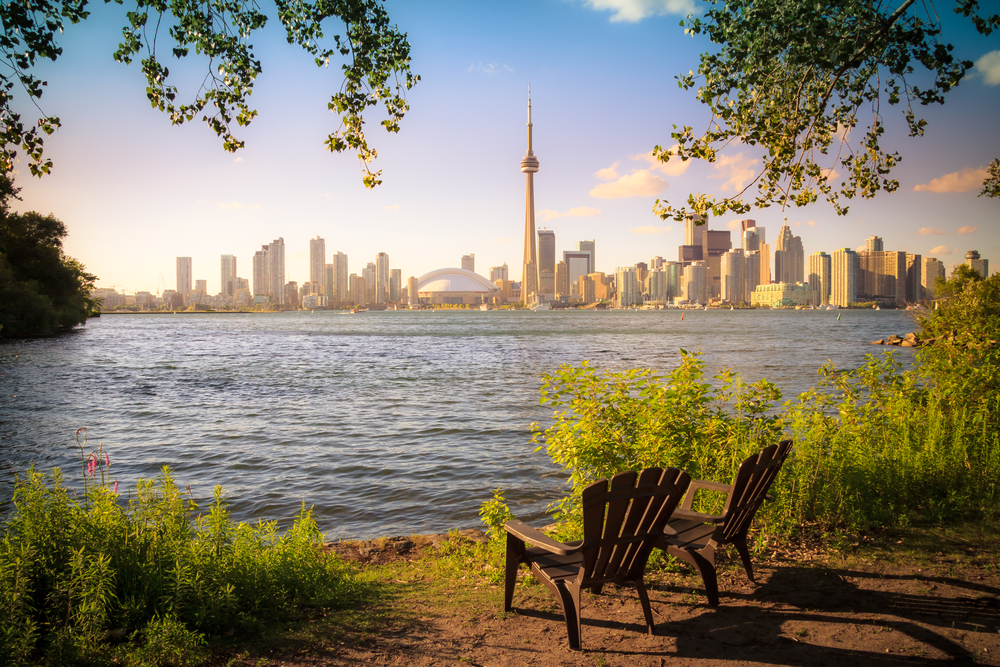
Whether it be for work, school, family or something else, people (we’re?) are always on the move. But where, and why? We decided to examine the long distance moves taken in 2019 around Canada to figure out where exactly Canadians are moving to within the country. We gathered data from over 1300 moves and analyzed which cities and provinces saw the biggest (and smallest) amount of inbound and outbound relocations. You can read the entire 2019 Canadian Moving Study for more.
Canada’s well-deserved reputation for being one of the friendliest and safest places in the world implies that there aren’t a lot of bad options when choosing which Canadian city to move to. But people are flocking to particular cities at a higher rate than others. Read on to find out which 5 Canadian cities which saw the highest number of inbound moves and what makes these cities just so great.
1. Toronto, Ontario
9.3% of all moves within the country
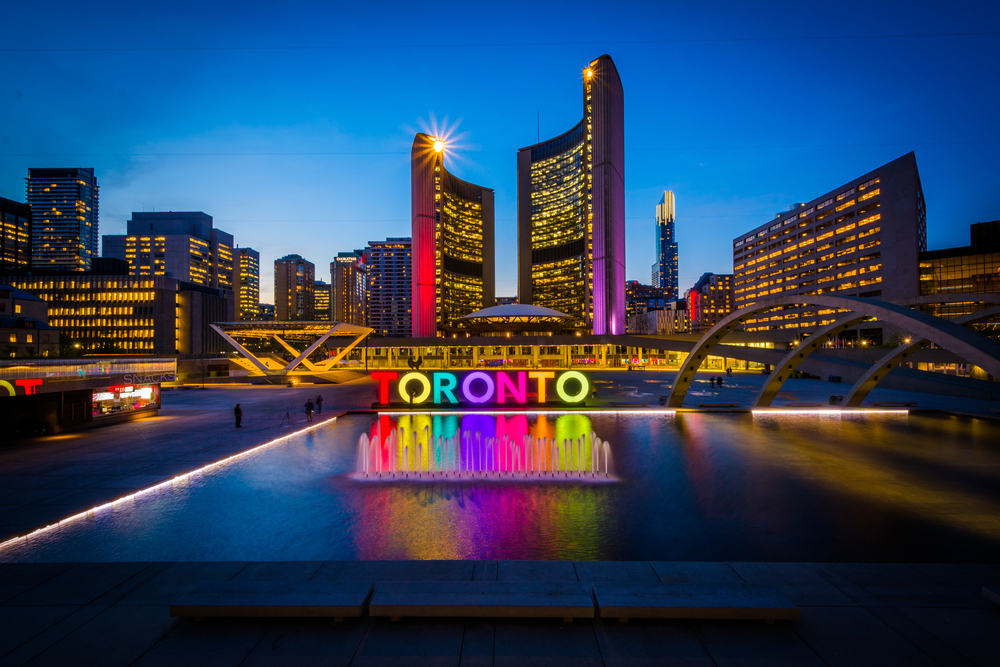
With a population of just over 6 million today, Toronto is the 4th most populous city in North America, just behind Los Angeles, New York City, and Mexico City. The provincial capital of Canada, Toronto also has one of the most diverse populations of any city in the world. Foreign-born residents account for nearly half of its population, giving it the second highest percentage of foreign-born residents of any city in the world behind Miami. But, unlike Miami, there is no one predominant culture in Toronto, making Toronto one of the most diverse cities in the world.
Toronto’s solid economy and booming business sector has people staying and coming. Though the cost of living in Toronto can seem intimidating, the financial return is there. The city is even dubbed Canada’s business and financial capital, employing over 220,000 people in the financial sector alone. Not only are the largest international research, technological, and pharmaceutical companies headquartered there, but it is also a go-to locale for entrepreneurs, startups, and small business owners to come grow their business.
Population: 6,197,000 (2020)
Estimated median household income: $107,000 (2019)
Average housing costs: $977,503 (current)
Average rent: $1145 (2020)
Median resident age: 39
Unemployment rate: 5.2%
2. Calgary, Alberta
8.3% of all moves within the country
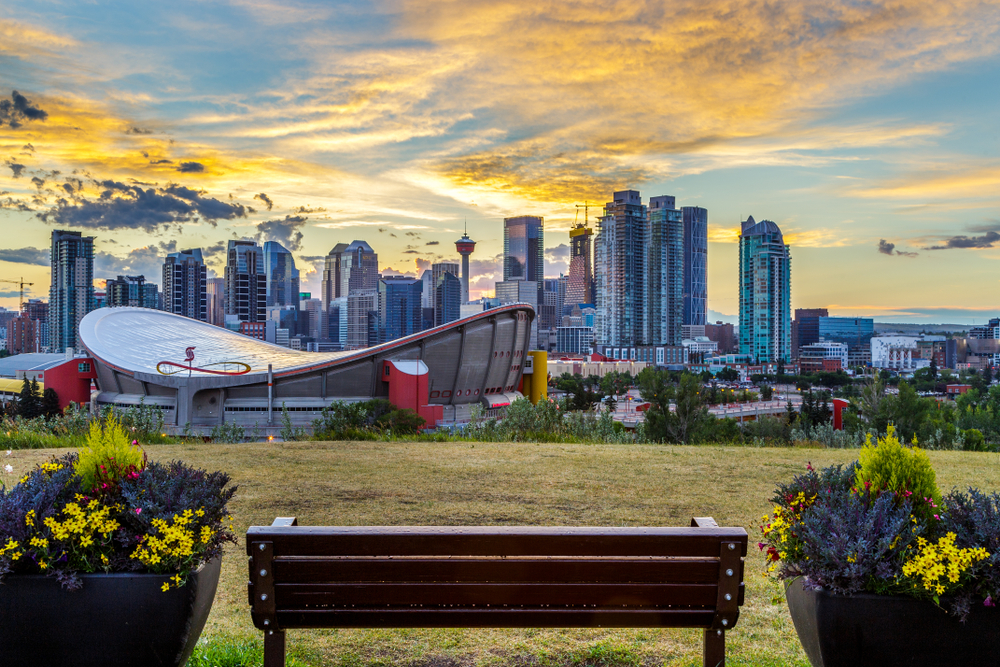
With so many incredible opportunities and activities for families, singles, and young professionals, it’s no surprise people are flocking to Calgary.
Today, Calgary is the third largest municipality in the country and often draws comparison to many of Canada’s larger cities, like Toronto and Vancouver. Calgary comes in second to Toronto, leading the country with the highest concentration of headquarters, including Canadian Pacific Railway, Shaw Communications, Suncore Energy, and more.
Aside from having a thriving economy, Calgary is also set in the foothills of one of the most beautiful sights in the world, The Rocky Mountains, making it perfect for the people who love to be outdoors.
Population: 1,285,711 (2019)
Estimated median household income: $100,320 (2017)
Average housing costs: $467, 274 (current)
Average rent: $1125 (2018)
Median resident age: 36
Unemployment rate: 5.5% (2019)
3. Vancouver, British Columbia
6.7% of all moves within the country
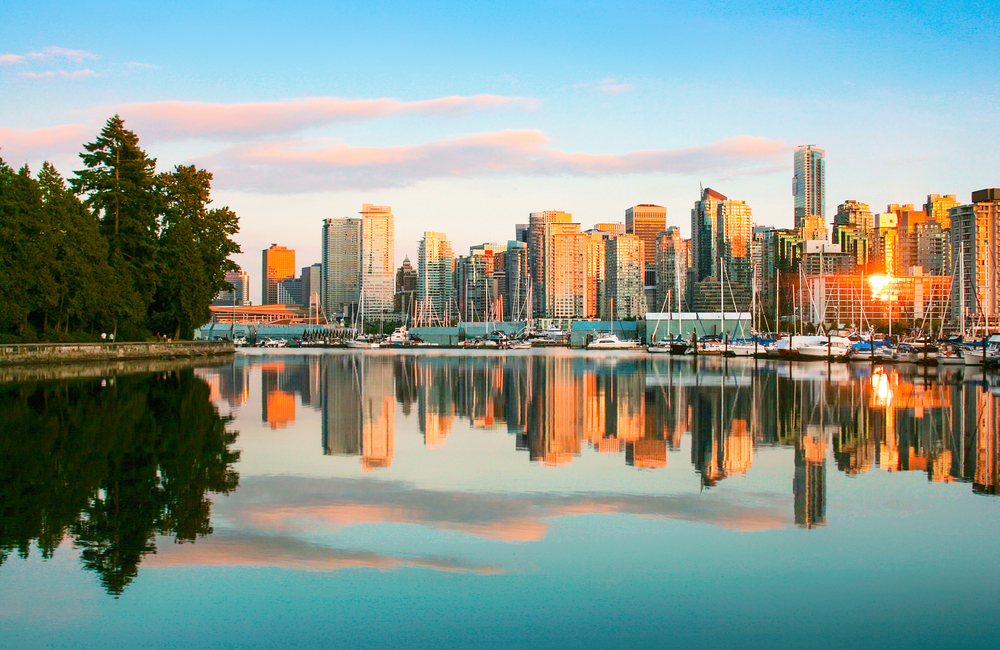
Vancouver is without a doubt the center hub for British Columbia’s industrial, financial, and commercial economy, driven largely in part by several key sectors: transportation, construction, technology, digital entertainment, and most recently the green economy. The Conference Board in Canada even named Vancouver the most diverse economy in the whole country in 2018. It is also important to note that this city has the 2nd lowest unemployment rate in the whole country.
Beyond being diverse and prosperous, culturally and economically, Vancouver is consistently named one of the top cities in the world for livability and quality of life. Not only are there stunning city and landscapes, the city is clean, it’s safe, the work satisfaction is high, and the health of the population is positive.
Population: 634,750 (2019)
Estimated median household income: $71,631 (2019)
Average housing costs: $1.3M (2020)
Average rent: $1500 (2019)
Median resident age: 39 (2019)
Unemployment rate: 4.7%
4. Ottawa, Ontario
5.8% of all moves within the country
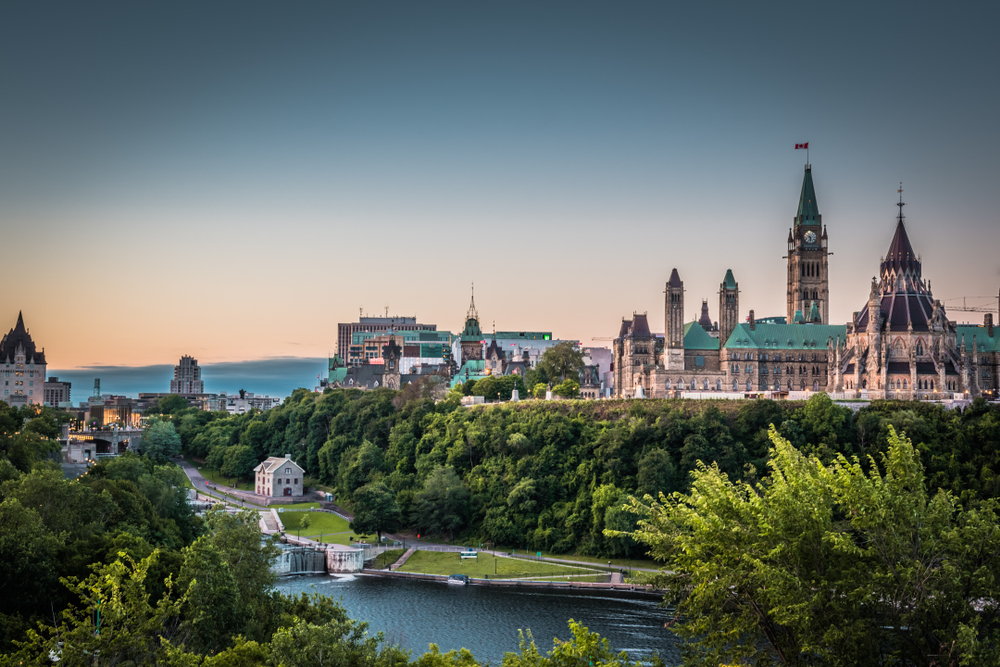
Ottawa has a population of about 1 million and is regularly voted as one of the country’s safest cities. It also has a thriving food, arts, cultural and labor market. The economy centers on the two major sectors of technology and the federal government, as they account for 37% of Ottawa’s total gross domestic product. And for such a large city, residents and tourists alike love the small town feel of the city. The cost of living is also much less than many of the larger cities around the globe, making it desirable for many.
Population: ~1 million (2019)
Estimated median household income: $102,000 (2016)
Average housing costs: $394,000 (2016)
Average rent: $1,102 (current)
Median resident age: 40 years
Unemployment rate: 6.3% (2016)
5. Edmonton, Alberta
4.5% of all moves within the country
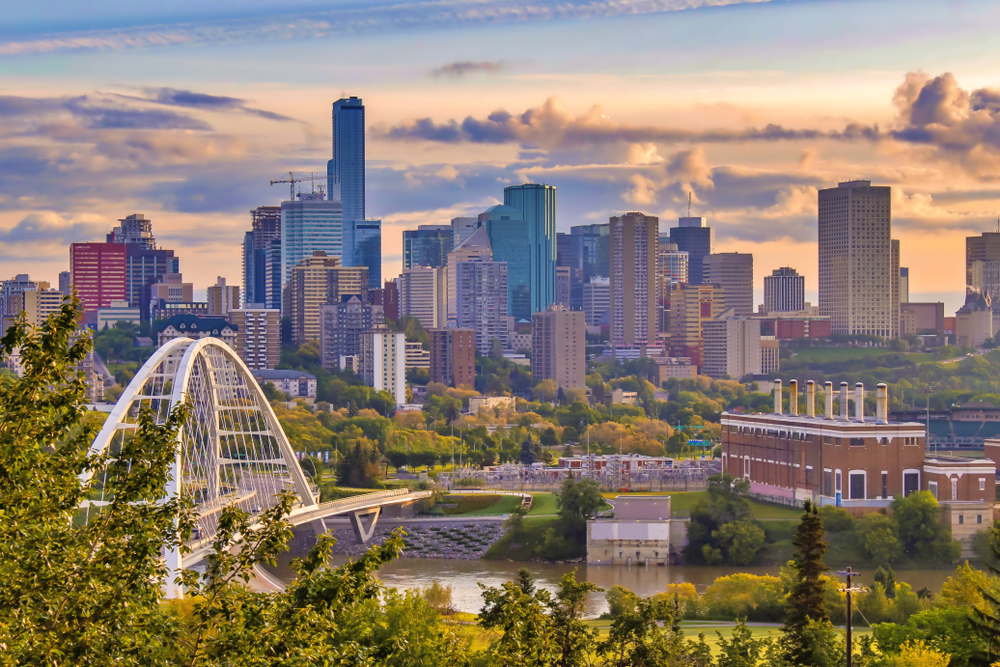
Edmonton offers a strong economy with governments, universities, and hospitals being the city’s largest source of employment. Additionally, the hinterland is a hub to a large part of the province of Alberta’s oil and gas manufacturing. Edmonton boasts safe, historic neighborhoods and stunning natural landscape along with great cultural and tourist attractions.
Population: 972,223 (2019)
Estimated median household income: $93,600 (2017)
Average housing costs: $343,951 (current)
Average rent: $1,198 (2019)
Median resident age: 32 years (2016)
Unemployment rate: 8.2% (2020)






